A landmark study examining the inclusion and representation of culturally diverse Australians in the media has revealed the faces we see on TV news don’t come anywhere near mirroring the people who watch their programming.
The report by Media Diversity Australia and a series of academics states 75% of on-air talent on news and current affairs television are Anglo-Celtic, while only 6% are either Indigenous or from a non-European background.
These figures were based on 81 news programs and 270 reporters over two weeks in June 2019.
The report also states this is a nation where an estimated 42% of Australians are European, non-European and Indigenous.
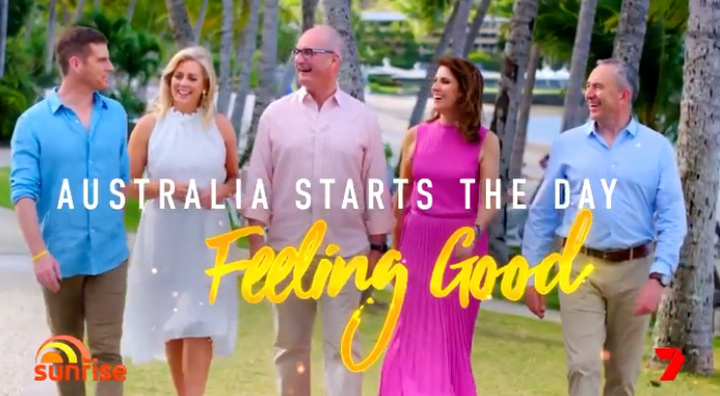
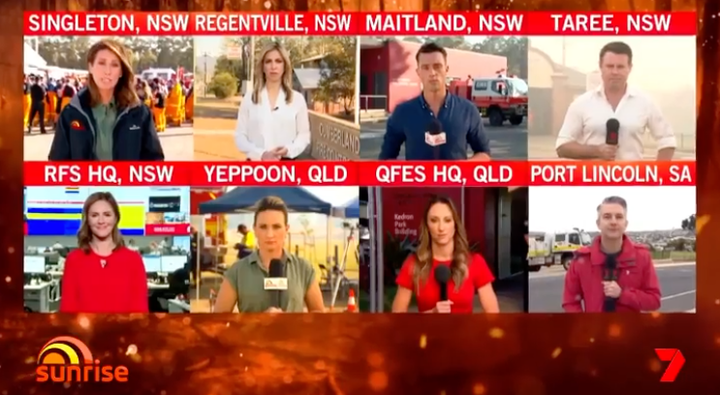
“Despite working in this space for three years, the data makes for a sobering read,” journalist and co-founder of Media Diversity Australia, Antoinette Lattouf, told HuffPost Australia.
“It will be uncomfortable reading for many, but it’s time to get comfortable with being uncomfortable and make a commitment to strategies that will bring change, not tomorrow or even next year,” she added, saying it will take “several years”.
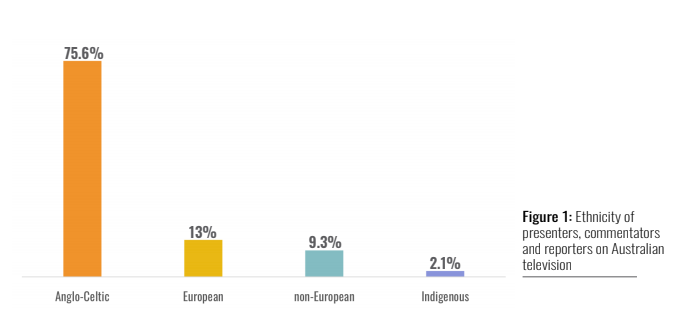
Media Diversity Australia partnered with former Race Discrimination Commissioner Tim Soutphommasane, a range of universities including Western Sydney, Macquarie and Deakin, and other media academics to produce the ‘Who Gets to Tell Australian Stories’ report.
A diverse background ‘a barrier to career progression’
The study based its findings on cultural backgrounds through biographical information, public statements about a person’s own background, full name and the origins of those names, birthplace and “visual observation,” according to the researchers. Names, birthplaces and appearances, however, are not reliable indications of someone’s cultural identity.
The study said its gleaning of backgrounds placed each individual into four groupings: Indigenous, Anglo-Celtic, European and non-European. The study also pointed out that official data on cultural diversity is lacking, which could affect the results.
So why doesn’t Australian television reflect its multicultural population? It comes down to a combination of industry perceptions and hiring practices.
Based on interviews with nine senior news and current affairs leaders from all five free-to-air networks and more than 300 TV journalists, the report suggests many “believe having a diverse cultural background is a barrier to career progression”, while the majority of media organisations lack “formal diversity and inclusion policies”.
‘Extraordinarily low representation’ of Indigenous talent
The report comes two months after ABC’s political discussion program, ‘Insiders,’ was criticised for featuring an all-white panel of journalists discussing the Black Lives Matter movement. It was revealed the show hadn’t featured a person of colour in the past decade.
Indigeneous Australian reporter Bridget Brennan was subsequently invited to appear on the show, where she said: “We need to be honest about the state of our media industry. For too long Aboriginal voices have not been elevated on programs like this one and across the media spectrum.”
During the same month, SBS attracted criticism for its all-white 12-person leadership team, to which the network’s former managing director Michael Ebeid responded, “People think just because you’ve got white skin somehow you don’t get multiculturalism or diversity.”
As of last month, two newly created roles were added to the network’s Executive Leadership Team. Tanya Denning-Orman was appointed Director of Indigenous Content and Sarah Yassien was made Director of Corporate Strategy.
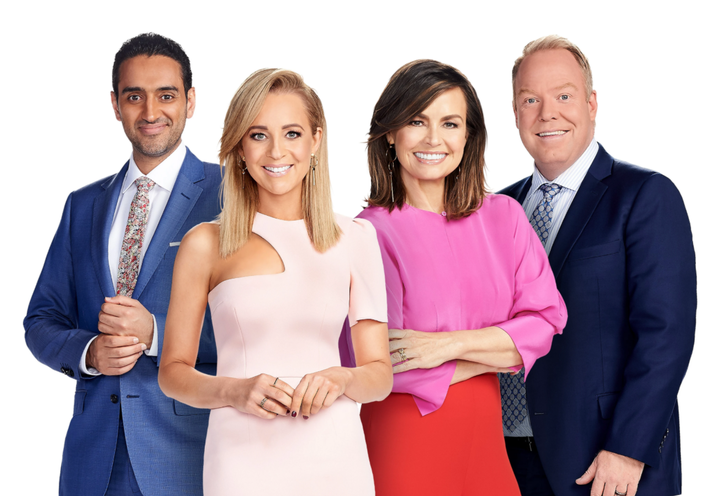
There’s also the perception that culturally diverse reporters belong only at public broadcasters, ABC and SBS, because, despite the recent criticisms, they still have more culturally diverse reporters than commercial networks, Channels 7, 9 and 10.
However, the report found “an extraordinarily low representation of Indigenous presenters, commentators and reporters on all networks,” with Channel 10 having the highest representation but Channel 7 had none, and Channel 9 and SBS only 0.2%.

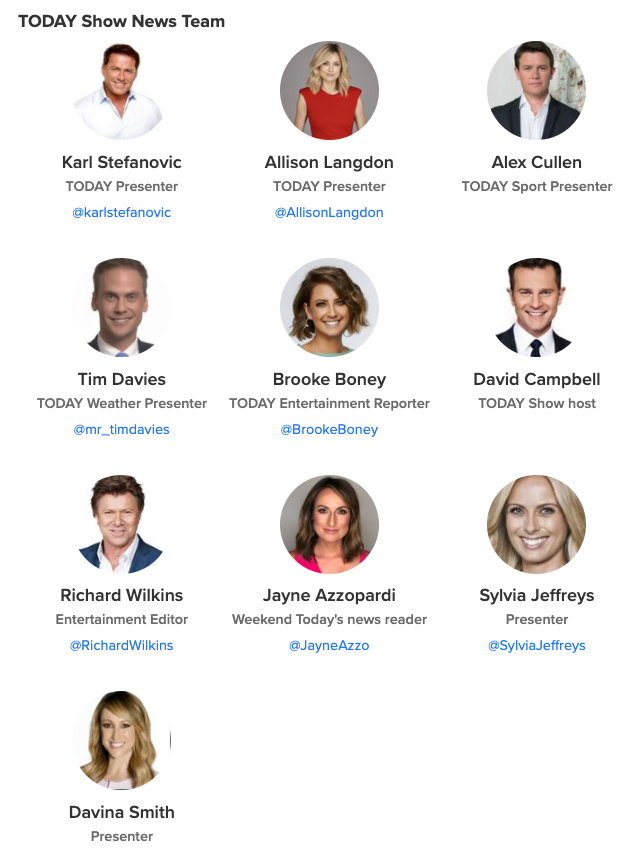
The situation on regional broadcasters was even more bleak, with the report unable to record a single Indigenous presenter, commentator or reporter, and only one non-European represented during a the two-week slice of programming on Win Canberra, Seven Tasmania, Southern Cross ACT, Channel 9 Darwin, Prime7 ACT and Win Hobart.
In response to the report, a SBS spokesperson said they were “pleased the report reinforces SBS’s leading role in including and representing the diversity of Australia across our news and current affairs”, but also highlighted National Indigenous Television (NITV), a free to air channel available as part of the SBS network since 2012.
“National Indigenous Television (NITV) – part of the SBS network - was not included in the report but plays a critical role in ensuring First Nations people are front and centre of coverage exploring issues with an Indigenous lens, and bringing those stories to a wider audience,” they said.
Change ‘could take several years’
Sydney-based journalist Leilani Vakaahi spoke of the microaggressions she’d hear in her early career due to her Tongan heritage.
“As an aspiring young journalist, I undertook a number of internships during university. A lot of people said ‘you’d be great on SBS’ even though I was capable of working on any network,” Vakaahi told HuffPost Australia. “I decided to make a move to work behind the scenes.”
“This sort of microaggression is unfortunately common. It’s the sort of thing we routinely hear from CALD [culturally and linguistically diverse] journalists through our network and among our team,” Lattouf said.
“Sometimes these sorts of things are said casually and with no malice intended, and other times it can be weaponised and strategic to try and undermine someone’s editorial contribution.”
As the report states, “who we see on television is meant to be a mirror of who we are: from the anchors to those reporting the news”. Change won’t happen without those behind the camera and in management making more inclusive decisions, plus more cultural representation at executive levels.
As Lattouf has put it, “It could take several years ― but both media outlets and audiences will be better for it.”
This article has been updated with a statement from SBS and NITV.